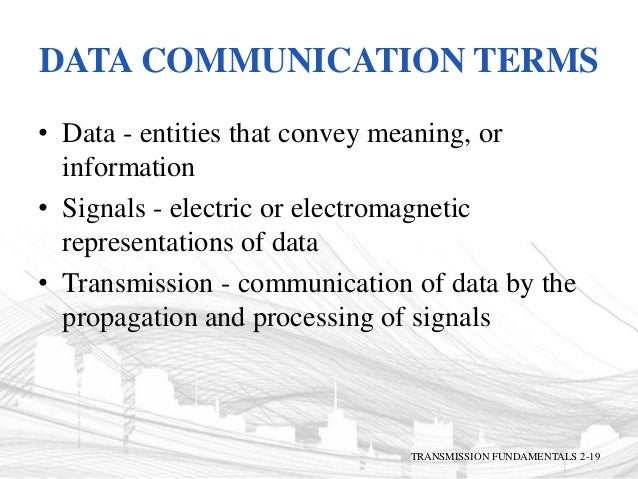- Meaning Of Transmission Based Precautions
- Meaning Of Transmission In Punjabi
- Transmission Meaning In Science
- Meaning Of Transmission Slipping

A measure of the transfer capability remaining in the physical transmission network for further commercial activity over and above already committed uses. It is defined as Total Transfer Capability less Existing Transmission Commitments (including retail customer service), less a Capacity Benefit. A propagated outbreak results from transmission from one person to another. Usually, transmission is by direct person-to-person contact, as with syphilis. Transmission may also be vehicleborne (e.g., transmission of hepatitis B or HIV by sharing needles) or vectorborne (e.g., transmission of yellow fever by mosquitoes). Figuring out what all the acronyms and cryptic descriptions mean can be daunting, but the functions of these highly complex mechanical wonders are actually fairly straightforward. Let’s crack open the transmission case and take a look at what makes each transmission type unique. Manual transmission Manual shifter knob Thinkstock.
Meaning Of Transmission Based Precautions
While teaching as transmission reflects more behaviorist learning theories, teaching as transaction is rooted in more constructivist perspectives. Here, learners build their understanding of content by interacting with activities and through social meaning-making processes with their peers and their instructors.
Also found in: Dictionary, Thesaurus, Encyclopedia.
mode of trans·mis·sion
(mōd trans-mish'ŭn)Meaning Of Transmission In Punjabi
 Want to thank TFD for its existence? Tell a friend about us, add a link to this page, or visit the webmaster's page for free fun content.
Want to thank TFD for its existence? Tell a friend about us, add a link to this page, or visit the webmaster's page for free fun content.  Link to this page:
Link to this page: Transmission Meaning In Science
I was having a conversation recently with some colleagues. One posed an interesting question to the group about how we see our work as teachers at our respective institutions. Here’s what she asked:
“How would you describe your teaching role with your students? Is it a transmission, a transaction or a transformation?”
Atto driver. I have to admit. I love these types of questions. When posed with an inquiry like this, I’m forced to reflect on my teaching and to consider how I interact with my students. The easy answer would be “all of the above” but I don’t know if that would make for an interesting blog post. Instead, I thought I’d unpack the possibilities a bit and discuss how I see these three views of teaching.
Teaching as transmission:
In any class, there is information to be learned and content to be mastered. The larger question, however, is “how are these processes being accomplished?” Teaching as transmission puts the instructor at the center of the learning process. The instructor delivers information and the student receives it. In this view of teaching, a well-worded explanation is seen as having the most impact on student learning. While this mode of teaching is still highly regarded by both students and instructors, there is growing evidence that questions its effectiveness. After sharing posts like Long Live the Lecture? and More evidence for Active Learning, it would be difficult for me to describe my teaching as transmission. While I’m certainly guilty of leading my share of lectures over the years, I try to actively avoid straight transmission modes of instruction and work to build more collaboration with and amongst my students.
Meaning Of Transmission Slipping
Teaching as transaction:
In a transactional learning environment, learning happens through interactions with people and experiences. While teaching as transmission reflects more behaviorist learning theories, teaching as transaction is rooted in more constructivist perspectives. Here, learners build their understanding of content by interacting with activities and through social meaning-making processes with their peers and their instructors. Instead of delivering information, instructors work to plan experiences that can help their students learn and work with them to foster their understanding. Reflecting on my own teaching, I definitely see aspects of “transaction” in the way I plan my classes, both online and face-to-face. Download american megatrends modems driver. I see the power of social learning environments and believe that transactions (and interactions) cultivate learning.
Teaching as transformation:
Over the last few years, I’ve been really trying to focus a lot on growth in my classroom. Instead of just helping my students learn the content of my class, I also want to help them grow as learners and as individuals. I think this broader perspective emerged after reading Mindset by Carol Dweck. While I’ve incorporated aspects of mindset as content in a few of my classes, the larger shift has occurred through a change in how my class is organized and how I communicate with students. I allow my students to revise and resubmit graded assignments and provide feedback that helps them improve their work. To foster a larger growth mindset in my class, I avoid praising students on fixed traits (like intelligence or innate talent) and focus more persistence, practice and hard work. To increase the impact of these efforts, I explain the motivations behind my instructional decisions and how they’re born from an evidence base on how people learn and develop.
Looking across the dimensions of teaching, it’s clear that I see myself as leaning more heavily to the transformation and transaction rather than transmission. The question, however, is how these self-assessments align with my students’ assessments on my practices. Maybe this post will encourage a comment or two from former students or maybe one will volunteer to write a guest post in response. Any takers?
